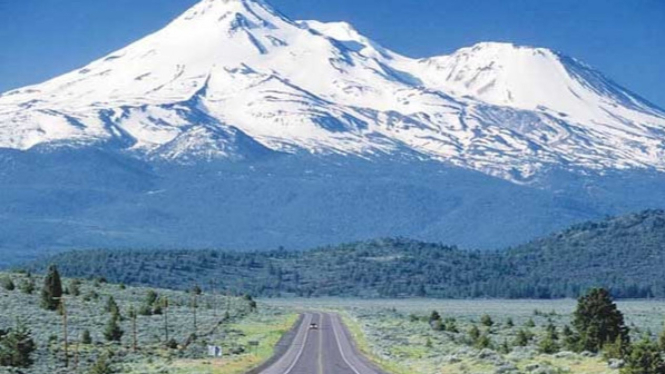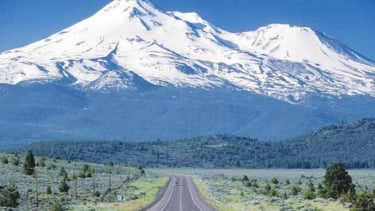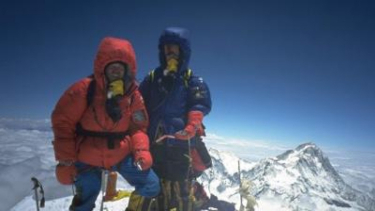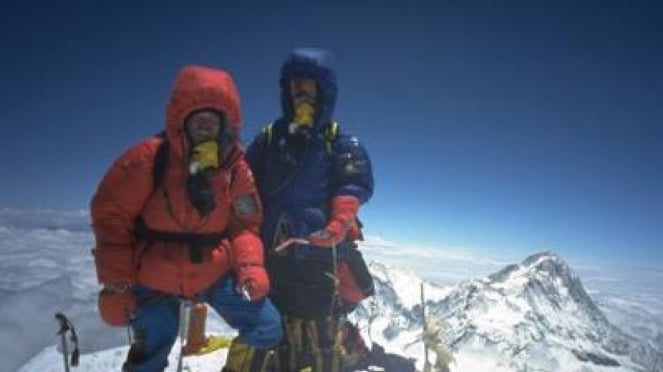- U-Report
VIVA – Human bodies cannot function properly above a certain altitude. We work best at sea level, where oxygen levels are adequate for our brains and lungs.
Therefore, if climbers want to summit Mount Everest, the highest peak in the world at 29,029 feet (8,848 meters or 5.5 miles) above sea level, they have to brave to face the 'death zone'.
This is an area with an altitude above 8,000 meters, where oxygen becomes so little that the body begins to die, minute by minute and cell by cell, as quoted from Science Alert, on Monday, January 2, 2023.
In the death zone, climbers' brains and lungs are deprived of oxygen, the risk of heart attack and stroke increases, and their judgment quickly becomes impaired, "Your body breaks down and is basically dying. It becomes a race against time," says Shaunna Burke, a climber who reached the summit Everest in 2005.
Pendaki berhasil mencapai puncak Gunung Everest.
- everest-2002.de
In 2019, at least 11 people died on Everest, with almost all of them spending time in the death zone. It became one of the deadliest seasons on Everest.
Some expedition companies blamed these deaths on overcrowding, noting that the summit became so crowded with climbers during rare periods of good weather that people were stuck in the death zone for too long.
On May 22, 2019, 250 climbers attempted to reach the summit and many climbers had to queue up and down.
These unplanned extra hours in the death zone may have put the 11 dead at higher risk, although it is difficult to determine the specific cause of each death. At sea level, air contains about 21 percent oxygen. But at altitudes above 12,000 feet, oxygen levels are 40 percent lower.
Jeremy Windsor, a doctor who climbed Everest in 2007 as part of the Caudwell Xtreme Everest Expedition told Everest blogger Mark Horrell that blood samples taken from four mountaineers in the death zone revealed that they survived on just a quarter of the oxygen they got at sea level.
"This is comparable to the rate found in patients on the verge of death," Windsor said.
Five miles above sea level, the air has so little oxygen that even with an extra air tank, it feels like 'running on a treadmill and breathing through a straw', according to mountaineer and filmmaker David Breashears.
This lack of oxygen tends to result in myriad health risks. When the amount of oxygen in your blood falls below a certain level, your heart rate soars to up to 140 beats per minute, increasing your risk of a heart attack.
Climbers have to give their bodies time to acclimate to the lung-crushing conditions in the Himalayas before attempting to summit Everest.
Symptoms include fatigue, a feeling of impending suffocation at night, weakness, and a persistent cough bringing up white, watery, or frothy fluid. Sometimes the coughing is so severe that it cracks or separates ribs.
In the death zone, the brain can begin to swell which can lead to nausea and psychosis. One of the biggest risk factors at 26,000 feet is hypoxia, the lack of adequate oxygen circulation to organs like the brain.
If the brain does not get enough oxygen, it begins to swell, causing a condition called high-altitude cerebral edema (HACE). The swelling can trigger nausea, vomiting, and difficulty thinking and reasoning.
An oxygen-deprived brain can cause climbers to forget where they are and experience delirium which some experts consider a form of altitude psychosis. The judgment of hypoxic climbers becomes impaired, and they have been known to do strange things such as start removing clothes or talking to imaginary friends.





















